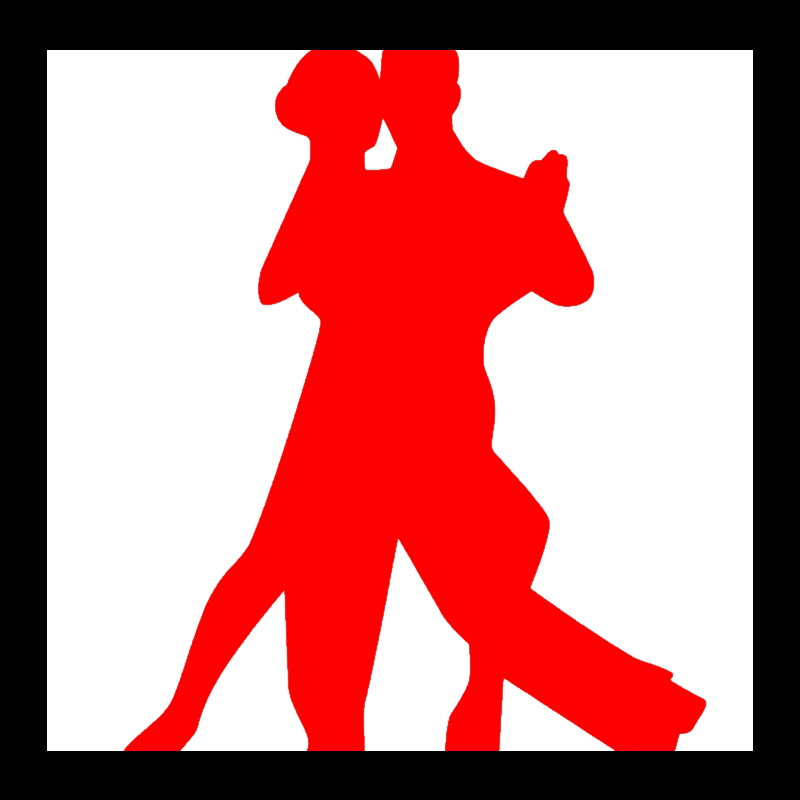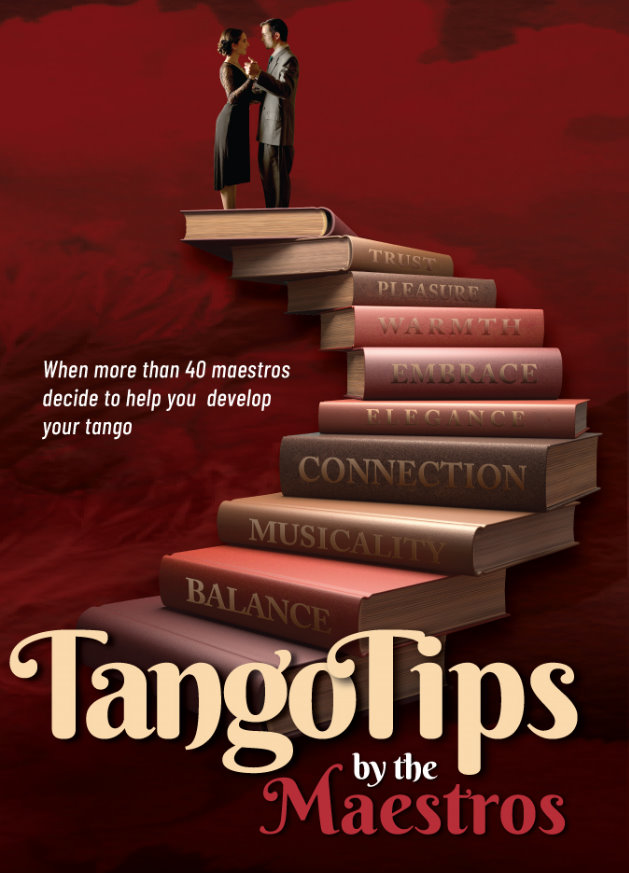It all started when I was asked a simple question:
“How do you breathe?”
It took me a split second to answer:
“What do you mean how I breathe? Air in, air out. Air in, air out.”
“That’s the problem” she smiled.
I was trying to remember how the conversation started.
I had simply asked her how I could make the person in my embrace more relaxed, more comfortable.
What does breathing has to do with that?
It turns out…
Everything.
“You are unaware of the most powerful tool you have at your disposal to relax yourself and the person you dance with, one that is literally right under your nose” she continued.
”Breathing. But not any kind of breathing.“
“Here, try something with me. Feel you body right now. Sit straight. Notice your breath. Are you breathing mostly with your chest, or your belly? Is your breathing deep, or superficial?”
I stopped and changed my stance.
“Chest, superficial”.
“Chest and superficial is not bad, but they create the wrong results for what you are trying to achieve.
Our bodies, have two types of breathing.
Chest and superficial is what your body naturally does at a dangerous situation. Your breathing activates all the fight-or-flight responses your body needs to survive it. Unfortunatelly, this is also how you create stress in your body.
Try something with me now.
Take three deep breaths. Make sure to fill your belly with air, not your chest. Take a full breath in, fill your belly, and then don’t push the air out. Simply relax and let it go out by itself. Do that three times.”
“Why am I doing this?” I kept asking myself, but gave it a try either way.
“Make sure you relax your body every time you exhale, letting go of the air, and feel free to close your eyes”.
I tried it a few times.
Breathe in till my belly was full, and letting go till my belly was empty and my shoulders relaxed.
I started feeling a lot calmer.
“When you breathe deeply, and especially with your belly, the body’s parasympathetic nervous system (PNS) is activated. PNS is responsible for relaxation, rejuvenation, healing. Whenever you want to help someone relax in your embrace, you need to relax first yourself.”
It made sense. But then, how do I help the person I dance with relax as well?
I asked her.
(Continues below…)
40 icons of tango, judges of the world tango championship, world champions, and experienced maestros came together to create one remarkable book.
“Two ways…
When you embrace, feel the breath of the other person. Synchronize your breathing. When they exhale, you exhale, when they inhale, you inhale. Make sure you don’t exhale next to your partner’s ear, that is considered by many as… creepy. Got it?”
I nodded.
“When you do that, you build a subconscious connection with your partner. A deeper connection. Whenever you are synchronizing your breathing or movement with another person, you activate a part of their brain that says: This one is like me, I feel safe, I am comfortable here.
But this is only the first part. Once you have synchronized your breathing for a while, you can start taking deeper breaths now. Due to the connection built, this usually results to the other person taking also deeper breaths. And what happens when they breathe deeper?”
I smiled. I got it.
“They relax too…”
And now I was curious…
“What’s the second way?
What’s the second way to use breathing to relax a person in your embrace?”
She smiled.
“Well, let’s try a simple exercise. Lean slightly towards the wall, supporting your body with your hands.”
I approached the wall. I put my hands straight on it, and took a small step back so I can lean a bit on it.
“Take a deep breath with your chest, without changing anything else.”
I tried and I did it. But it felt a bit uncomfortable.
“Now take a deep breath with your belly”
Now that felt a lot easier to do.
“The old milongueros knew something, didn’t they?” she smiled.
“When you are leaning a little bit, and especially if all the upper body part contact forces you to stay at the same height, breathing naturally happens lower.
Now, you simply need to hug, keep the same height, and take a deep breath. If your partner is leaning a bit, you will see your behavior mimicked. It might take some practice but, especially if you are leading, this is a precious little way to make dances with you more memorable.”
“Do you have more advice like this?”, I asked.
“Let me see, which one would you prefer?
-Knowing how to make the person in front of you start dancing if he is stopped for half the song
-Enjoying dancing more in a crowded milonga
-Improving musicality in a single week
-….”
“Stop, I said. All of them. I want to learn all of them”
“Well… She said. Let’s start.”
We are building the platform Tango for Good to support projects that use tango for paliative care, alternative therapy, social inclusion, and trauma healing. To help you can:
1) Buy the book Tangofulness: Exploring connection, awareness, and meaning in tango. Its profits fully fund the development and operation of the platform.
2) Buy the book Tango Tips by The Maestros. In its 250+ pages you can find the invaluable advice of more than 40 world class maestros for the price of one milonga. Check it here.
3) Consider supporting us with a small donation on Patreon.
Your support matters.
Hug, and let go,
Dimitris Bronowski
TangoArgentinoFestivals.com


